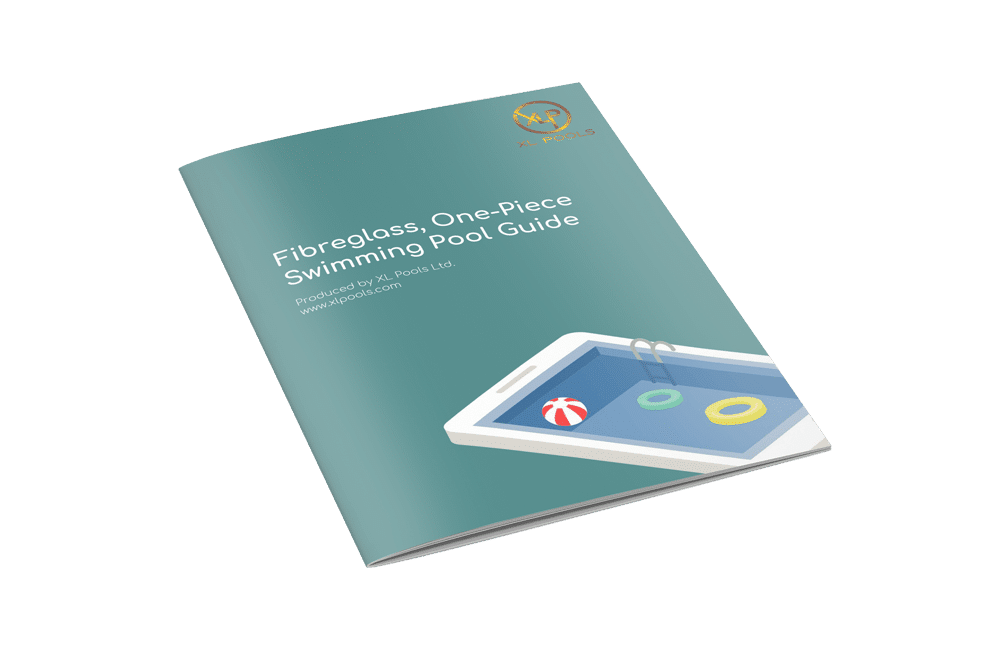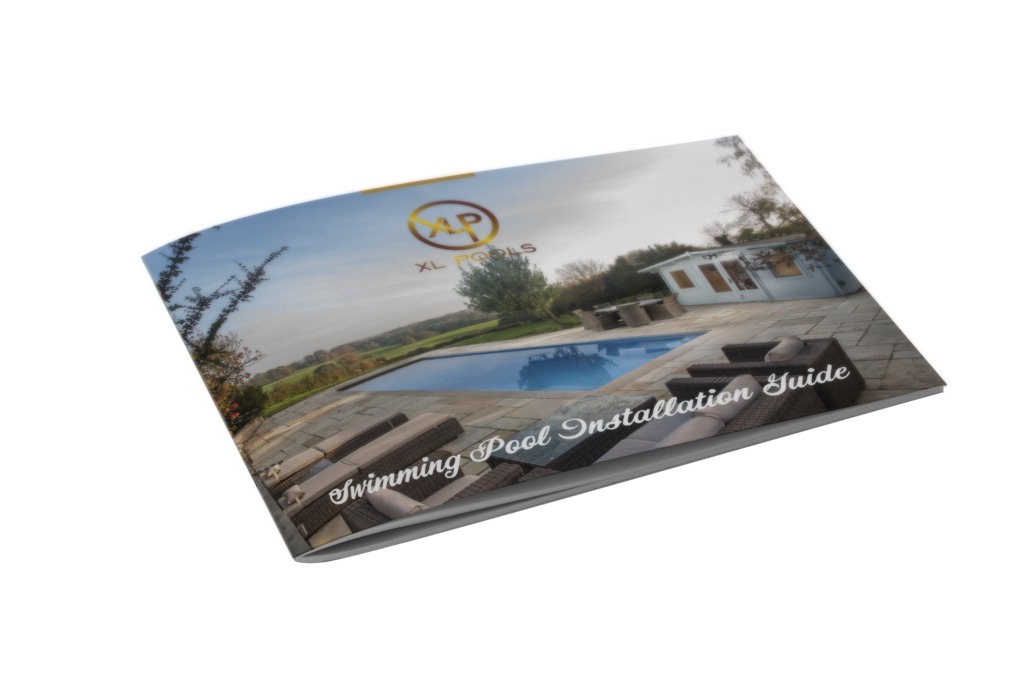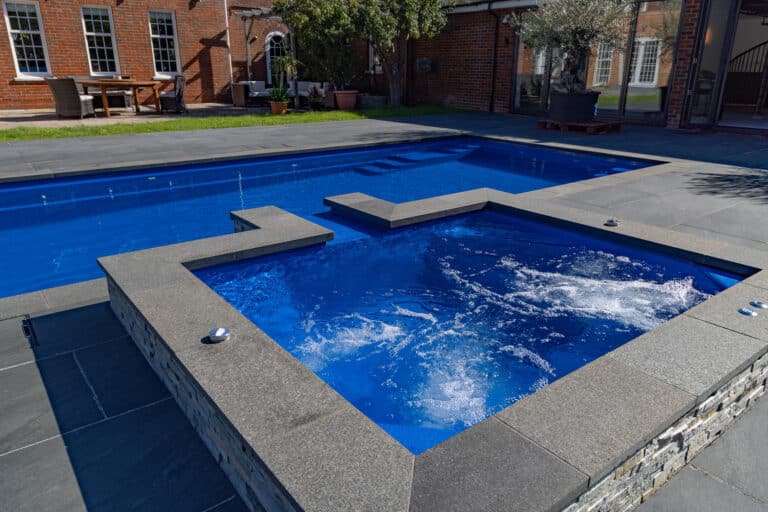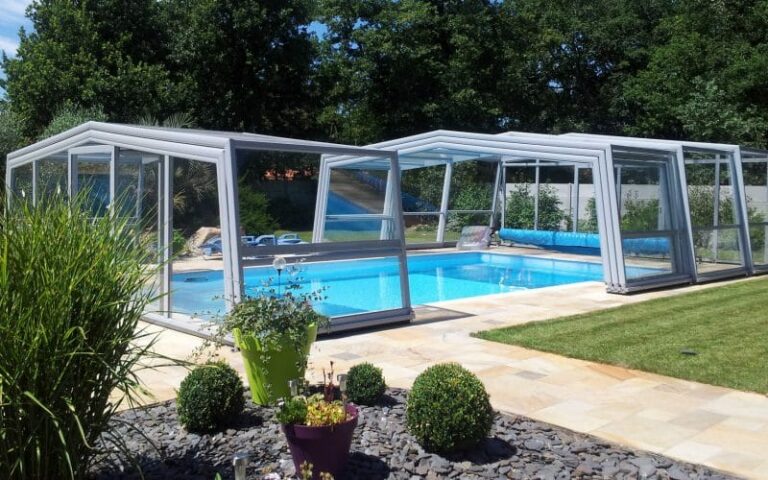Having a swimming pool is never a cheap option, and as well as the initial outlay for designing, building and swimming pool installation, you’ll also have an ongoing commitment to finance the running and maintenance costs. There are things you can do to help to keep those expenses down, with a bit of careful planning, so that the ongoing annual cost of having a home swimming pool is not as high as you might think. For the purposes of this article, we are going to be discussing how to reduce the maintenance costs of a home pool, as separate from the running costs of heating and lighting etc.
Swimming pool maintenance includes cleaning, chemicals and the seasonal opening and closing of the pool. These aren’t optional expenses – once you’ve paid all that money for a pool you’ll want to ensure it’s kept in good condition and is an enjoyable and healthy place to swim. The specific maintenance needs for your pool will depend on its size, construction and location, so contact XL Pools for advice and guidance if you’re unsure. Many people choose to engage a pool maintenance company to do all this for them – it’s certainly labour-saving to have someone else do the hard work – but if your priority is to keep costs down, it pays to do all the maintenance yourself.
One of the simplest and most effective ways to keep the cost of maintenance low is to make a regular cleaning schedule, and stick to it! Clean your skimmer baskets daily and pool filter weekly. Doing this religiously will minimise how often you need to do a full deep clean of the whole pool. Keeping your pool floor, walls and water as clean as possible will also help to prevent the formation of algae and other bacteria, which can be more tricky – and more costly – to remove.
Maintaining the chemical levels in your pool water is another essential aspect of keeping your pool in good condition. It’s possible to buy digital testers costing upwards of £200, but a simple dip strip test kit will do the job too. Typically the chemicals needed for a season in an average sized pool might cost around £300, but by testing regularly you can ensure you don’t go over budget and that your pool water stays balanced.
In an example of how sometimes you need to spend a bit more to make good savings in the long run, investing in a good quality pool cover is a must if you want to reduce your maintenance costs long term. Putting the cover over the pool when it’s not in use will not only stop leaves and other debris entering the water, it will slow evaporation and heat loss, saving on your running costs, and a cover which blocks sunlight will also help in preventing algae formation, keeping your water looking sparkling and clear for longer.
Maintaining your swimming pool is not an area where it’s advisable to skimp, as taking good care of your investment means it will last longer and be less likely to need expensive repairs. Always clean the pool as frequently as recommended, and always use the correct balance of water chemicals to prevent bacteria and potential damage to your pool.







